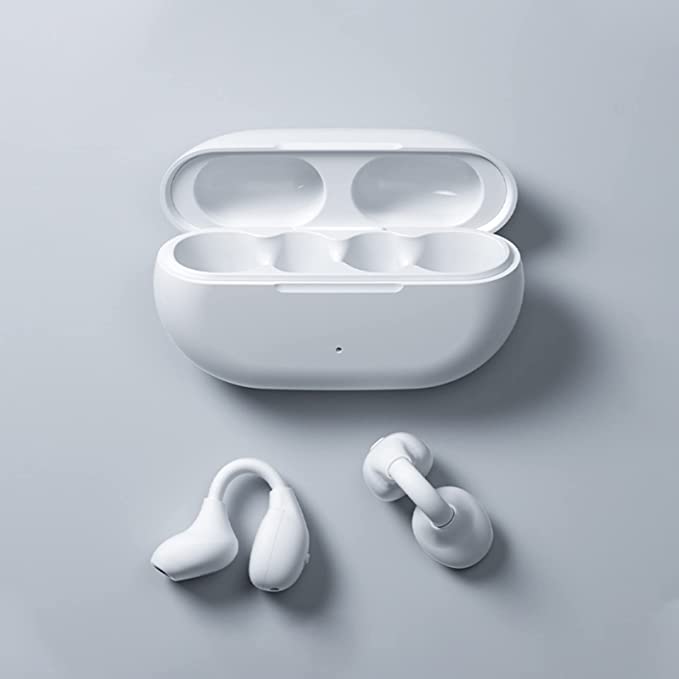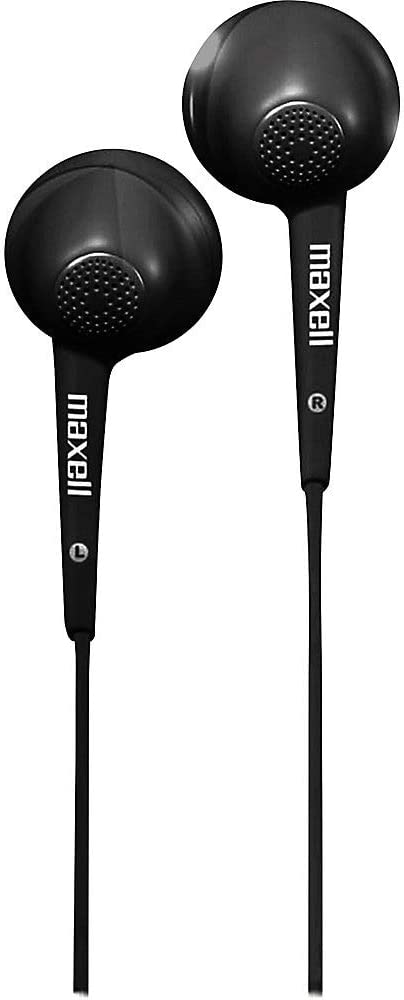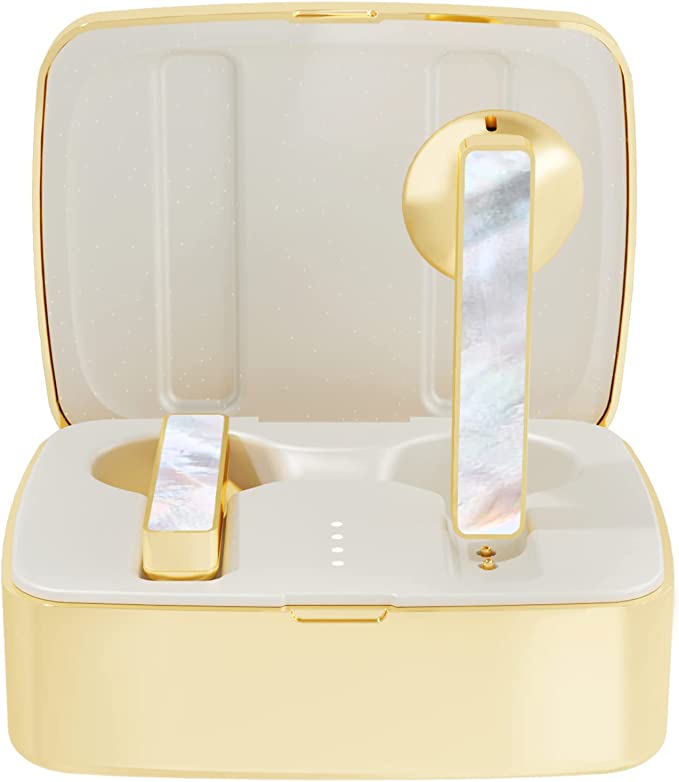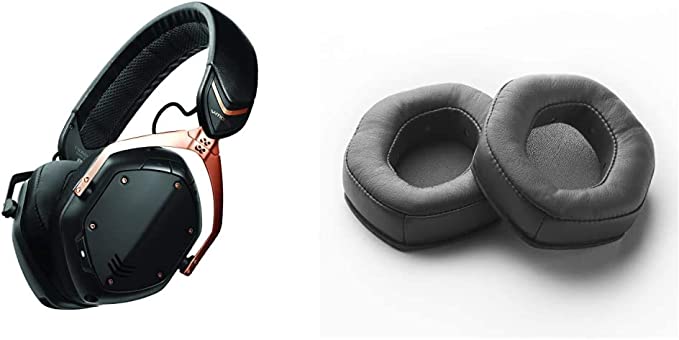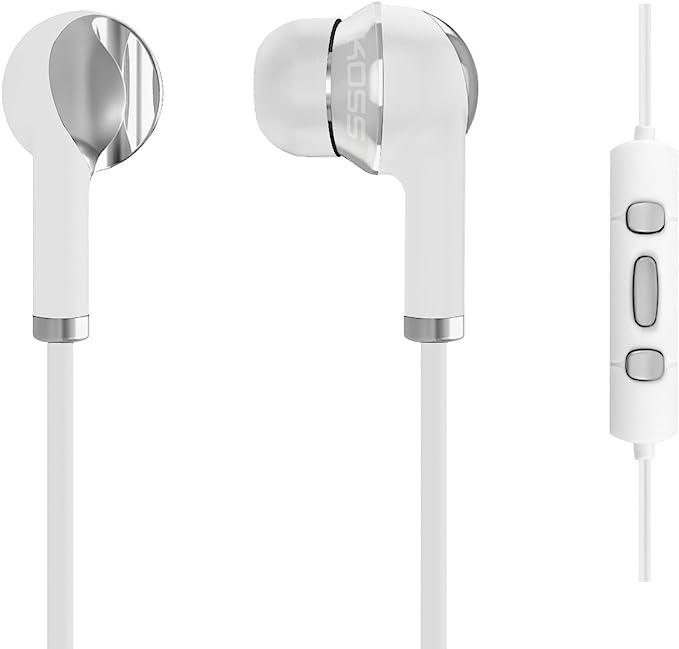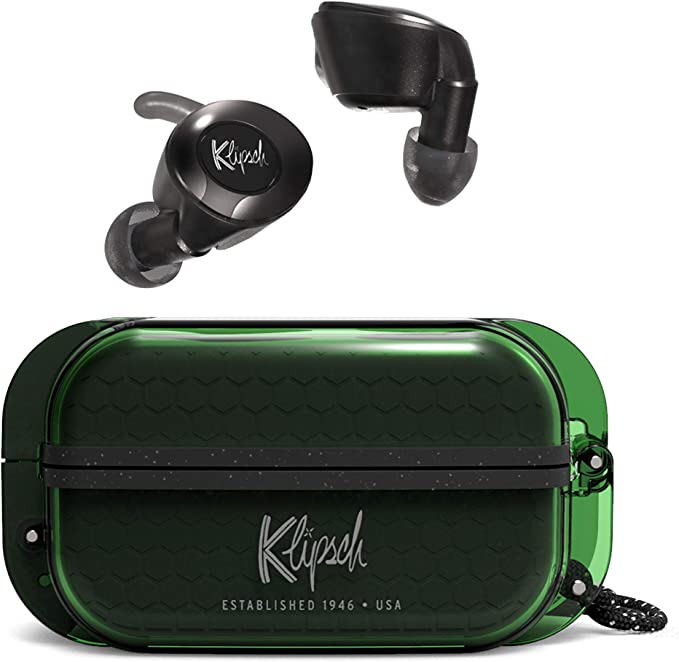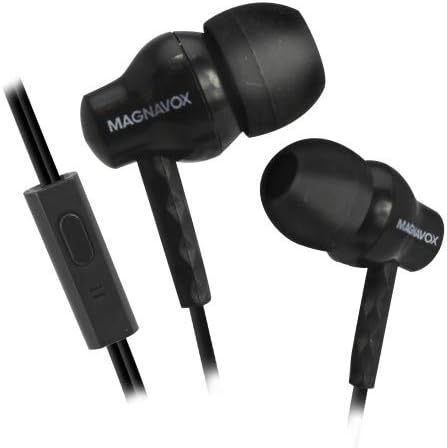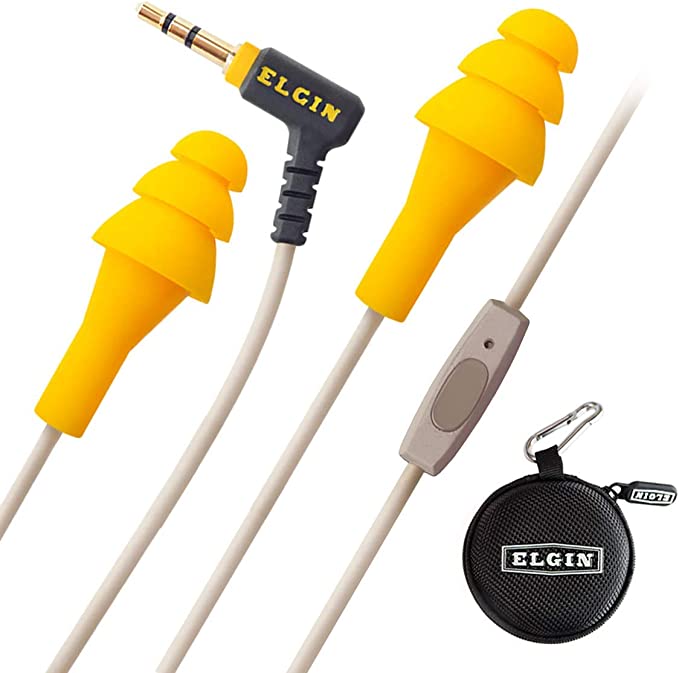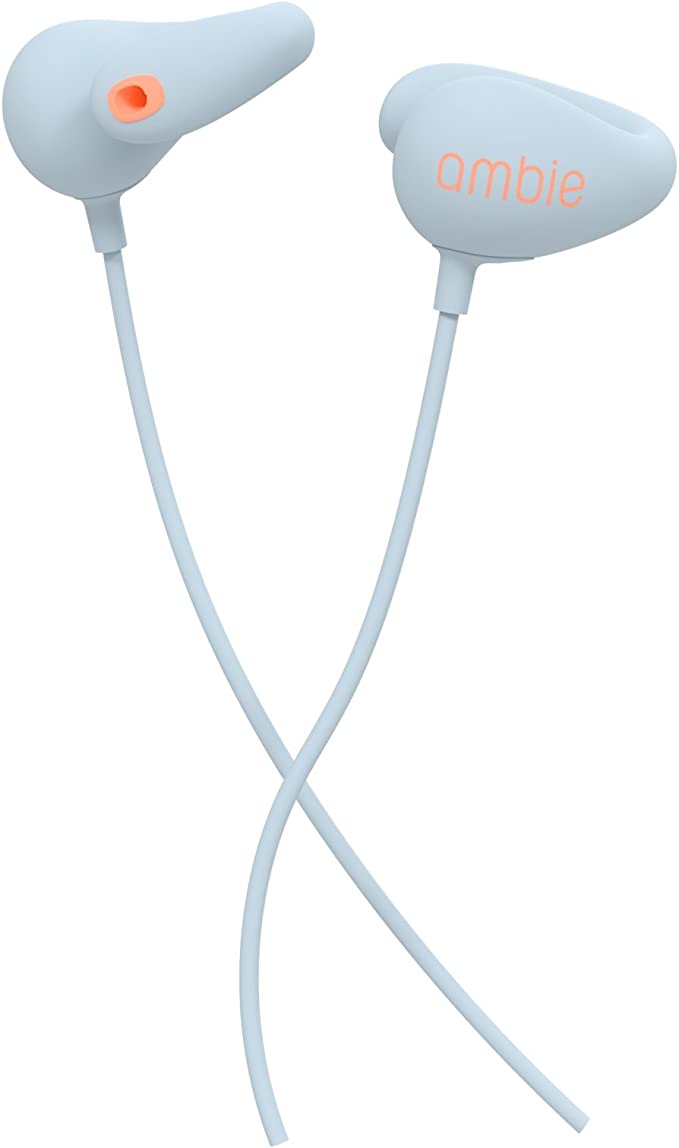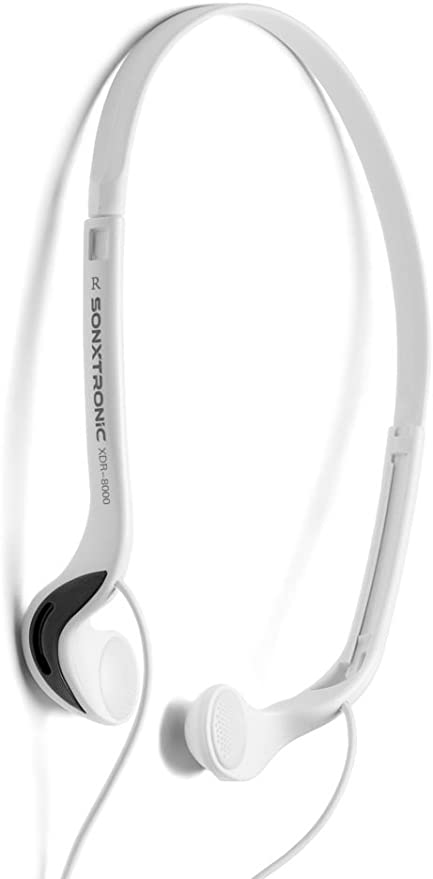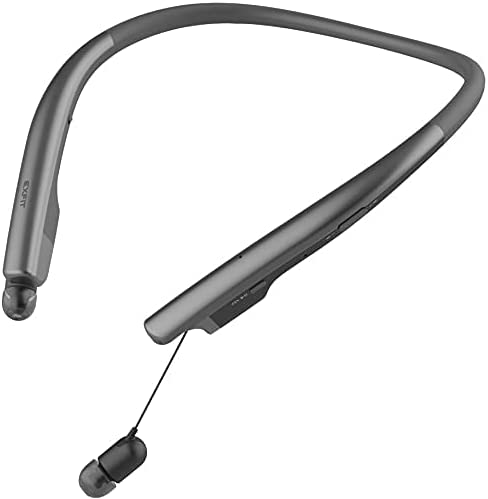The Unseen Engineering: A Material Science Deep Dive into the Modern Pet Door
Update on Oct. 14, 2025, 6:19 p.m.
A door is the simplest of machines, yet it embodies a fundamental conflict: it must be both an impenetrable barrier and an effortless portal. When we intentionally breach our home’s carefully constructed thermal and security envelope to install a smaller door for a pet, this conflict intensifies. The challenge is no longer just about access; it’s a complex engineering problem involving materials science, thermodynamics, and mechanical design. What separates a rudimentary flap from a high-performance access system is not magic, but a series of deliberate engineering choices. By deconstructing a modern pet door, for instance, a heavy-duty aluminum model like the URSPET SLXL001, we can reveal the unseen science that aims to resolve this inherent paradox.

The Skeleton: Material Integrity and Structural Design
The foundation of any robust door is its frame. In high-performance pet doors, the choice of material is critical, as the frame must withstand physical impacts, resist environmental degradation, and maintain precise dimensions over decades. The selection of 1.1mm thick extruded aluminum is a prime example of material science dictating design.
Why Aluminum? Strength-to-Weight and the Science of Passivation
Unlike steel, aluminum does not rust. This isn’t because it’s inert; rather, it’s because it is incredibly reactive. The moment aluminum is exposed to oxygen, its surface instantly forms a microscopic, transparent layer of aluminum oxide ($Al_2O_3$). This process, known as passivation, creates an exceptionally hard, chemically stable, and non-porous coating that armors the raw metal beneath against moisture and further oxidation. It’s a self-healing shield, which is why aluminum is a preferred material for aircraft fuselages and marine applications. In contrast, steel’s oxidation product—rust—is flaky and porous, actively trapping moisture and accelerating the underlying metal’s decay. Plastic frames, while immune to rust, face a different adversary: ultraviolet (UV) radiation from the sun, which can break down polymer chains over time, leading to embrittlement and cracking.
The Extrusion Advantage: Uniformity and Precision
The term “extrusion” is key. This manufacturing process involves forcing a heated billet of aluminum through a precisely shaped die, much like squeezing dough through a pasta maker. The result is a continuous profile with a highly consistent cross-section and an excellent surface finish. This uniformity is crucial for a door. It ensures that the surfaces where the flaps must seal are perfectly flat and true, free from the warping or inconsistencies that can plague molded plastic or welded steel. This precision is the silent enabler of an effective seal.
The Unseen Enemy: Thermal Bridging
However, aluminum’s excellent thermal conductivity (around 237 W/mK) presents a significant engineering trade-off. It can act as a “thermal bridge,” a highway for heat to travel through your otherwise insulated wall or door. In winter, a solid aluminum frame can become frigid, conducting heat out of your home and potentially leading to condensation on its interior surface. High-end building design mitigates this by using “thermal breaks”—a non-conductive material, like a polymer, that separates the interior and exterior metal profiles. While many consumer-grade pet doors do not incorporate this expensive feature, its absence highlights a critical area of design compromise, where durability has been prioritized over maximum thermal efficiency.

The Barrier: Managing Energy Transfer
With a robust frame established, the engineering focus shifts to the dynamic component: the barrier itself. How can a passage designed to be easily pushed open by a pet simultaneously act as a formidable defense against the elements? The solution is typically found not in a single material, but in a captive pocket of still air.
The Dual-Flap System as an Insulating Air Gap
The dual-flap design is a direct application of the same principle used in double-glazed windows. The two flexible flaps, separated by an air gap, create a significant thermal break. Air is a poor conductor of heat, so this trapped layer dramatically slows down thermal transfer. The effectiveness of insulation is quantified by its R-value (resistance to heat flow). A single layer of material has a certain R-value, but adding a sealed air gap can nearly double it. This “air sandwich” effectively disrupts conduction (heat moving through the solid flaps) and convection (heat moved by air currents).
This system’s performance is directly tied to the integrity of the air gap. If the flaps do not seal properly, the insulating air escapes, replaced by convective loops that actively transfer heat, rendering the design far less effective.
The Seal: The Physics of Airtight Closure
Even the most advanced thermal barrier is rendered useless if its edges can be pushed aside by a gentle breeze. The final piece of the engineering puzzle is the seal—a system that must be strong enough to resist weather but not so strong that a pet cannot overcome it. This is where the invisible forces of magnetism are harnessed.
The Power of Neodymium and Magnetic Force
The satisfying “thwack” of a modern pet door closing is often powered by neodymium magnets. These are not ordinary magnets; they are rare-earth magnets with the highest magnetic field strength for their size. This allows designers to embed small, powerful magnets along the edges of the flap and frame that create a strong, positive closure. The force they exert pulls the flap taut against the frame, creating a continuous seal that is highly resistant to air infiltration—the primary source of drafts.
Industry standards, such as ASTM E283, provide a method for measuring the air leakage of doors under specific pressure differentials. While a pet door is unlikely to be formally rated, a well-designed magnetic seal is engineered to perform well against the principles of such tests, minimizing the uncontrolled exchange of air between indoors and out. However, as some users note, this powerful seal can create a loud closing noise and present a challenge for timid pets, representing another key design trade-off between energy efficiency and user experience.
Conclusion: From a Simple Hole to an Engineered System
A pet door, when examined through an engineering lens, ceases to be a simple hole. It is an integrated system where material choice dictates structural potential, which in turn enables thermal and mechanical solutions. The strength of extruded aluminum allows for the precision needed for a magnetic seal to function. The dual-flap design, a concept borrowed from architectural science, turns a simple barrier into an effective insulator. Each feature is a solution to a specific physical problem. The elegance lies not in any single component, but in how these principles of material science, thermodynamics, and physics are orchestrated to restore, as much as possible, the integrity of the home’s protective envelope. The next time a pet passes through one, it’s worth appreciating the unseen engineering that makes such a simple act of freedom possible without significant compromise.
